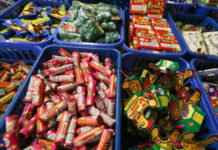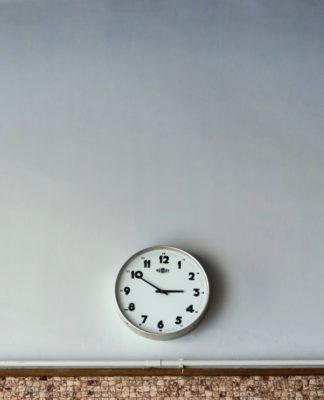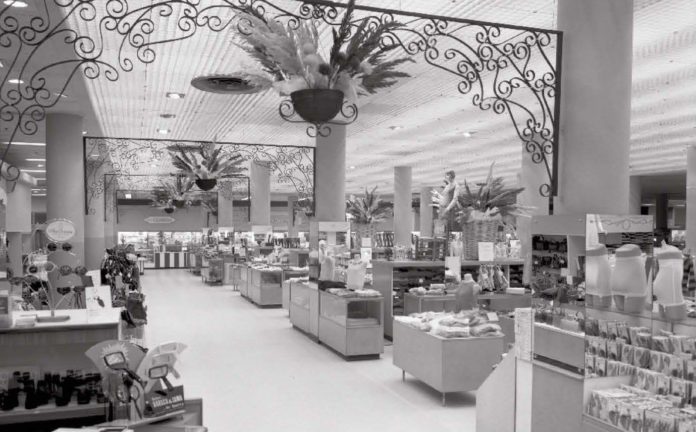
Black Friday is over. And so is Small Business Saturday. And Cyber Monday. And… I think that covers all of them. But whether you stayed at home in your sweats ordering online or actually braved the mobbed parking lots and malls, it’s undeniable that the shopping landscape has changed remarkably over the decades. And throughout the years, it may come as no surprise that Minnesota has made its mark in the evolution of shopping. From the dominating department stores and creating Southdale, the first-ever enclosed indoor mall, to building the behemoth that is the Mall of America, Minnesota will certainly be remembered in the history books.
And Minnesota writer, editor, and author Kristal Leebrick has set out to capture this piece of our state’s shopping history in her new book, Thank You for Shopping: The Golden Age of Minnesota Department Stores. Published by the Minnesota Historical Society Press, this 200 plus page coffee-table book delves into the era when department stores ruled the shopping scene and shoppers flocking to downtown Minneapolis and St. Paul signified a sense of elegance and sophistication.
Minnesota’s Department Stores
While my generation will most remember the glory that was Dayton’s department store, Leebrick takes an in depth look at all the mammoth stores in Minnesota’s history such as Powers, Donaldson’s, Young-Quinlan, the Emporium, the Golden Rule, and yes, of course, Dayton’s. The book is filled with incredible vintage photos, postcards, advertisements, artwork, and even includes recipes and menus from the department store restaurants. Flipping through the pages you’ll be hard-pressed not to be overcome with nostalgia. Older generations may remember Dayton’s Oval Room and high-end fashion while I certainly have many fond memories of the same store, winding my way up to the eighth floor for their annual holiday display and flower shows.
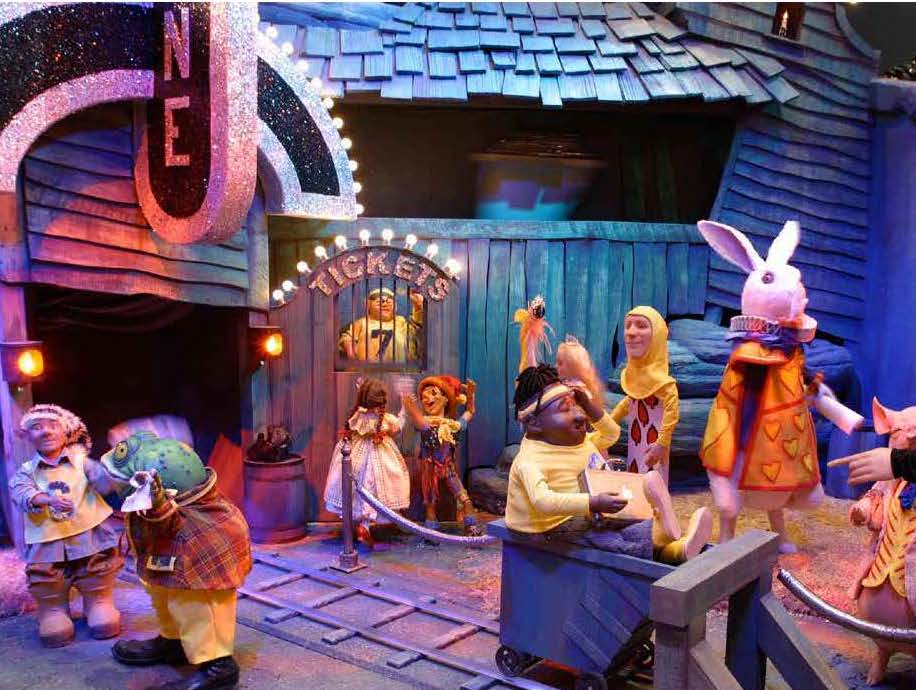
An excerpt from Leebrick’s book showcases the glamour and draw of these colossal stores:
“The stores were elegant with their high ceilings, elevator operators calling out the floor numbers at each stop, and salespeople at the ready in every department — like Mr. Pierre at the Golden Rule, where Norene Stovall worked in the early 1960s. He was the floorwalker on the main floor, the man who greeted customers and resolved problems. “He was a real character: small, thin mustache curled up at the ends, black pinstripe suit, always a red carnation in his lapel,” Stovall said. He spoke with a French accent, “but my sixteen-year-old ears couldn’t tell if it was fake or not.”
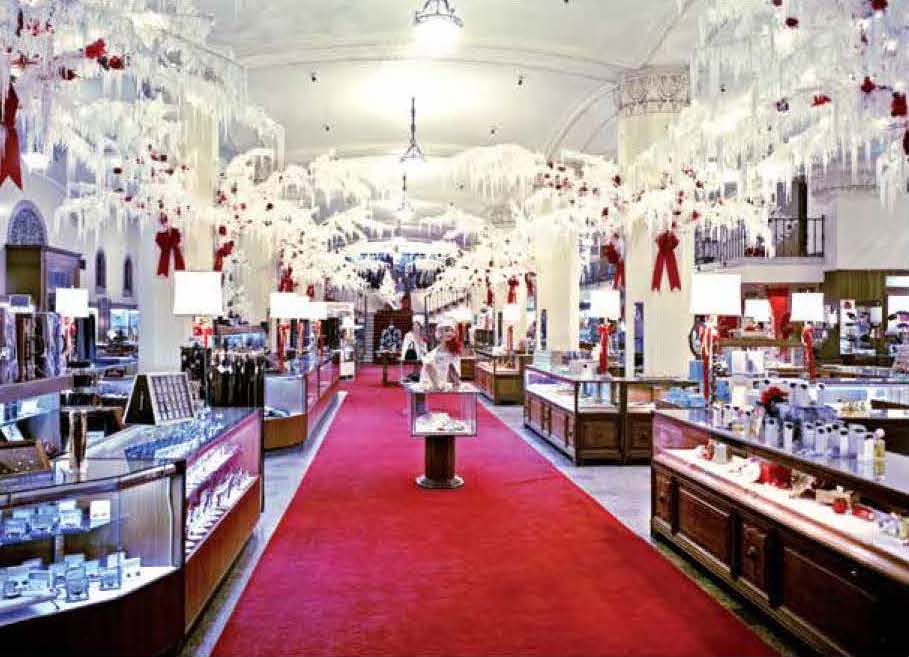
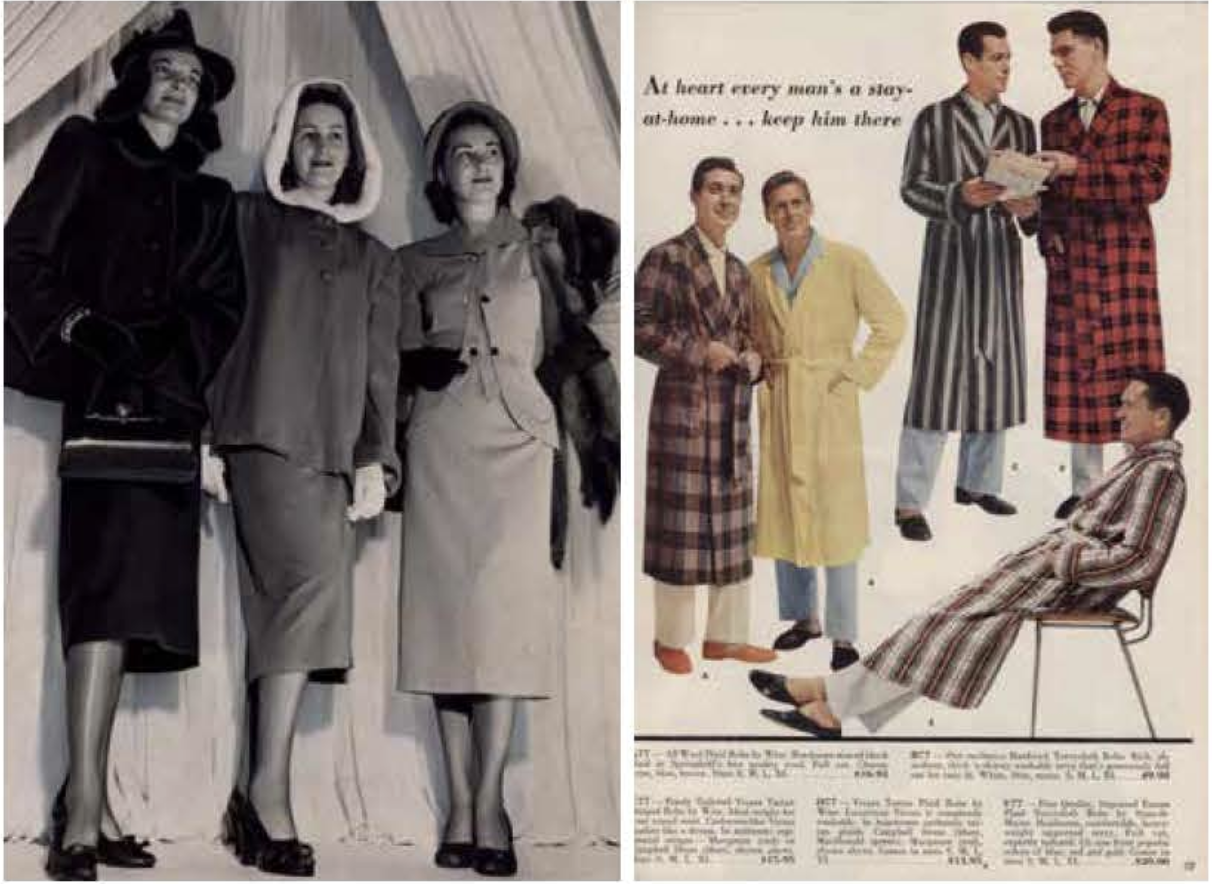
Not only are the old-school photos and anecdotes a fascinating trip back in time, but Leebrick also explores the deeper impact of these department stores – more than just a place to find your new outfit or see the latest in European fashion trend, they became social centers and popular gathering places that put on school dances, music performances and ballets, orchestra concerts, shows, and hosted authors and actors that were touring through the area.
Many of the business owners behind the creation of these department stores also gave back to the community and helped build our cities in significant ways. Dayton’s contributed gifts to help create the Minnesota Orchestra, the Walker Art Center, and the Minnesota Institute of Art, while the Donaldson family donated land to build the Basilica of St. Mary in Minneapolis.
If you want to discover more of the rich history of Minnesota department stores, visit the book’s accompanying new exhibit “Thank You For Shopping” at Mill City Museum where you’ll be able to see more iconic vintage photos not included in the book as well as a slideshow of Minnesota’s department store history. The exhibit runs from November 15 to February 24. You can also hear Kristal Leebrick speak about her book at Roseville Library at 1pm on Tuesday, January, 15 and ask her all your inquisitive questions about the amazing history of Minnesota department stores.
Read this next: Top 10 Toy & Game Stores in and near the Twin Cities







